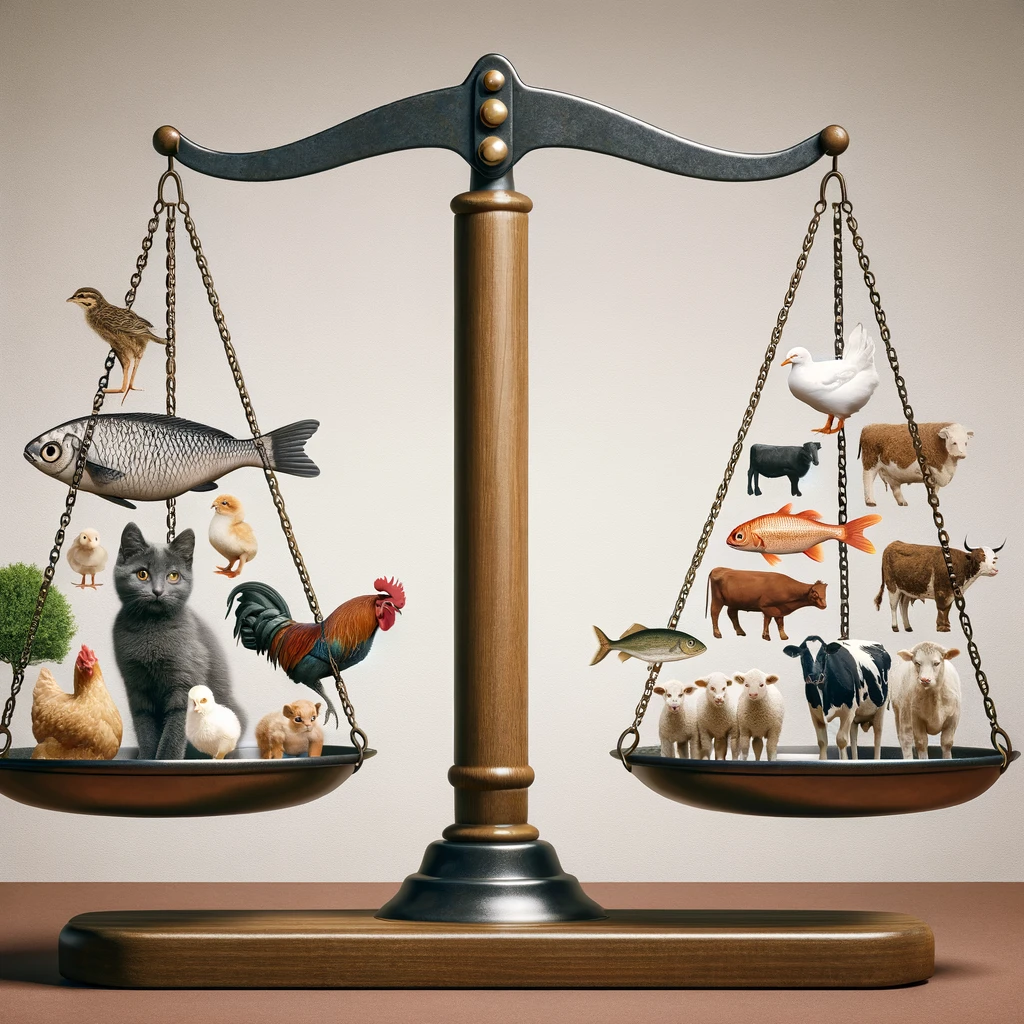When faced with the decision of rescuing a cat from the pound or allowing it to be euthanized, the ethical considerations can be complex and multifaceted. This article explores the dilemma through the lens of utilitarian calculus, weighing the pleasure and pain generated by each action to determine its moral worth.
The Impact on Stakeholders
1. For the Cat:
- Rescuing: The cat would experience a longer life with potential happiness, comfort, and well-being, providing a significant amount of positive utility.
- Euthanasia: While euthanasia is painless and avoids potential suffering in the pound, it also means the cat loses the chance for a happy life.
2. For Humans:
- Rescuing: The cat’s owner and others who interact with the cat would experience companionship, joy, and satisfaction from saving a life, contributing to positive utility.
- Euthanasia: There might be a sense of relief in reducing the overall burden on resources and minimizing environmental impact, but it would also mean the loss of potential companionship.
3. For Other Animals:
- Rescuing: Producing food for the cat over its lifetime would result in the deaths of many other animals. An indoor cat can be responsible for the deaths of approximately 450-750 chickens, 150-300 fish, and parts of cattle/pigs over a 15-year lifespan, contributing to significant negative utility.
- Euthanasia: This would reduce the number of animals killed for pet food, thus decreasing negative utility for other animals.
4. For the Environment:
- Rescuing: Keeping a cat alive means ongoing resource consumption and environmental impact due to food production, waste, and care, adding to negative utility.
- Euthanasia: This would minimize the environmental footprint, resulting in positive utility for the environment.
Quantifying the Utility
To objectively assess the moral implications, we can assign utility values to each factor:
Utility Scale:
- Positive utility (pleasure): 0 to +10
- Negative utility (pain): 0 to -10
Scenario 1: Rescuing the Cat
- Positive Utility:
- For the Cat: +8 (longer life, potential happiness)
- For Humans: +5 (companionship, joy of saving a life)
- Total Positive Utility: +13
- Negative Utility:
- For Other Animals: -107 (deaths for food)
- For the Environment: -5 (resource consumption)
- Total Negative Utility: -112
- Net Utility: +13 – 112 = -99
Scenario 2: Euthanizing the Cat
- Positive Utility:
- For the Cat: +1 (avoidance of suffering)
- For Humans: +2 (reduced environmental guilt)
- For Other Animals: +107 (fewer animals killed for food)
- For the Environment: +5 (reduced resource use)
- Total Positive Utility: +115
- Negative Utility:
- For the Cat: -8 (loss of life)
- Net Utility: +115 – 8 = +107
Relative Difference in Quantitative Utility
- Net Utility Difference: +107 – (-99) = 206
Conclusion
From an objective utilitarian perspective, allowing the cat to be euthanized results in a higher net utility (+107) compared to rescuing the cat (-99). Therefore, based on these quantified utilities, allowing the cat to be euthanized might be considered the more moral action due to the overall higher net positive utility.

